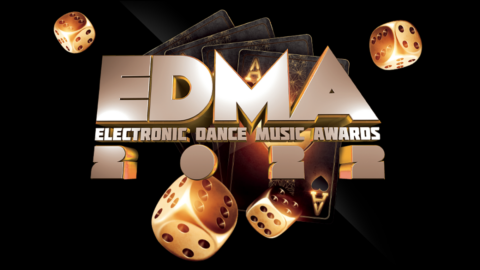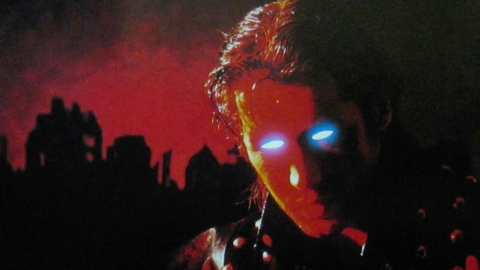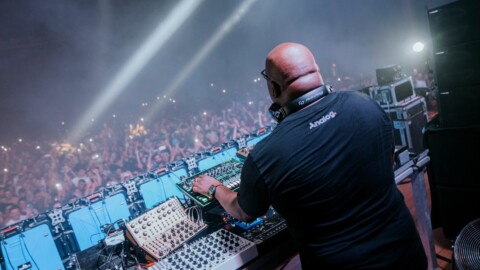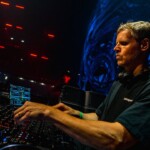The much-anticipated film version of Frank Herbert’s sci-fi classic novel Dune has finally landed in the cinemas, and I can genuinely say that it was worth the wait! As opposed to the never-made Dune of Alejandro Jodorowsky and the unappreciated Dune of David Lynch, we were offered a magnificent audio-visual spectacle that tells the exciting story of Paul Atreides in a slower, more elegant fashion.
The audience has praised the Denis Villeneuve adaptation for its spectacular visual effects and cinematography, and deservedly so.
However, it is important to stress how powerful a role sound and music play in cinema and, specifically, in Villeneuve’s Dune. The combination of Hans Zimmer’s original score and Mark A. Mangini and Theo Green’s sound design is an excellent example of ‘the integrated soundtrack’ successfully functioning as a narrative liaison between the director and the audience. The combination of a rich yet ambiguous, otherworldly score and sound design that feels somewhat familiar creates a wonderful sonic world that we, the audience, could and should appreciate solely in its own existence.
Although the early cinema spent its first 35 years in silence, it was never meant to be that way. As early as December of 1895, the Lumiére brothers screened their first film, La Sortie de l’Usine Lumiére á Lyon, with a live musical accompaniment. In the 1910s, musicians also played sound effects in rough synchronisation with the action on screen. Arguably, film has always been a musical medium. Still, as Walter Murch states, perhaps silent cinema was one reason for the problematic perception and analysis of sound in cinema that we experience today.
Nevertheless, Villeneuve’s Dune and its unique blend of sonic elements has confirmed its place in the evolution of sound design and science fiction cinema the same way as Forbidden Planet (1956), Star Wars: A New Hope (1977), Blade Runner (1982), or Gravity (2013) have. Interestingly, Dune tends to blend the best of all these predominant films in terms of both technological and aesthetic contexts. If we look at Forbidden Planet, its concept of blurring the lines between music and sound design of Bebe and Louis Barron is something that we can also experience in Dune. Occasionally, the diegetic sounds of the machinery and spaceships could be perceived as rhythmic elements of Hans Zimmer’s score, which is itself experimental. It’s worth noting that I am a massive fan of Zimmer’s work (especially in Inception) but I like to think I’m not biased, and that this is a truly notable piece of cinematic sound history.
Because Villeneuve wanted to use sound design that the audience would not question, it functions as a primary channel of communication we can rely on. The blade sounds of the helicopter insects are a superb example of this as they just feel ‘right’. On the other hand, the score uses unconventional instruments, synths, and layers of voices, such as chanting and whispering – with the latter actually having their own unique language created. Because of this we get taken to a completely unknown world that perfectly reflects the emotions and story taking place on screen. This kind of sonic hierarchy makes the film’s soundtrack interesting, yet so incredibly balanced and tangible simultaneously.
It is worth noting that Villeneuve’s adaptation lacks the inner monologues that were so significant in the original novel’s narration and focalization, the perspective from which the story is told. Luckily, Villeneuve eschewed using the explicit and old-fashioned first-person voice-over that, as we know, didn’t really help Lynch’s Dune or the very first version of Blade Runner. Instead, the beautiful ambiguity of sound, music and the characters’ excellent performances took over. Today, with the constant evolution of Dolby technology, dialogue is not always the primary means of communication in cinema and such a disruption of a soundtrack hierarchy corresponds to my previous point that a film is also a musical medium.
The development of the sound-image relationship in cinema has always been progressing. Back in the 1960s, Jean-Luc Godard and Chris Marker would quite often put sounds in the foreground as well as or instead of dialogue. During the 1970s, Hollywood’s sound became an inherent part of the cinematic experience. The invention of a four-track Dolby Stereo system in 1975 has established new possibilities and conventions in sound design and mixing that allow filmmakers to use richer sound palettes and textures – Star Wars: A New Hope was one of the first films that used this technology.
In the 1990s, the development of digital surround sound technology with its six individual channels, including one effects channel carrying low-frequencies below 120 Hz, presented to the cinema a powerful sound the audience could actually ‘feel’. Today, Dolby Atmos’s three-dimensional sonic experience is one of the main reasons we go to the cinema. Such a technological advancement offers us an even more exciting and believable cinematic experience, and in Dune, this is precisely the case.
The importance of such a soundtrack has been discussed since the late 1920s. Dolby Atmos is now the industry standard that offers us spatial realism and its modern filmmaking technique known as an ‘immersive point-of-audition’. It guides and connects the audience physically with the space and actions of the characters. The immersive sound and cinematic experience amplify the already discussed power of sound and music to communicate emotions for the audience. In Dune, the deep chanting and low-frequency pumping induce feelings of threat and discomfort even more with the use of two subwoofers, ceiling speakers and the platform that ‘audio objects’ with up to 128 sound elements. The rhythmic motifs also evoke action and dispute, whereas the calm synth pads of Atreides evoke peaceful yet rather sad feelings.
Clearly, technology has helped shape the cinema and how we, the audience, experience it. The immersive Dolby Atmos enhances the ability of sound and music to induce emotions to a new level. Therefore, greater identification with the characters and story is facilitated, making the cinema even more expressive a medium. As Mark Kerins writes, the audience is no longer positioned in front of the film, but in the middle of its diegetic world.
Sefi Carmel, Composer, Sound Designer, Producer and Mixer, and founder of Soundtrack Creation
Sefi Carmel is an award-winning London based composer, sound designer, producer and mixer. He has been creating soundtracks for films, TV, commercials and games for over a decade.
His diverse credits range from work on A list Hollywood feature films with the likes of Ridley Scott, John Woo, Chris Columbus and Kevin Reynolds; to mixing, remixing and mastering tracks for David Bowie, Phil Collins, Bruno Mars, Michael Bublé, Massive Attack, BB king and many more.
He has enjoyed success creating scores and soundtracks for Disney, Universal, Buena Vista Miramax, Scott Free, BBC, MTV, ITV, National Geographic, Discovery, Sky, Five, Channel 4, BskyB’s cross platform gaming channels and many more.
Advertising clients include top agencies such as Publicist and M&C Saatchi, and top brands such as Mercedes, BMW, Samsung, and many more.
For more than a decade, Sefi has been mixing all the audio for Steam Motion and Sound. Steam is a high-end creative agency with offices in London, New York, and Sydney. Sefi has mixed hundreds of cinema and TV commercials and trailers for Steam, working for A list clients such as Cameron Macintosh, Warner Bros, Decca, Universal, Vodafone and many more.
His soundtracks are an exciting hybrid of epic, cinematic orchestral and cutting-edge electronic music, using superb live musicians coupled with larger-than-life sound design, mixed in earth shattering 5.1 surround, to create that big cinema experience.


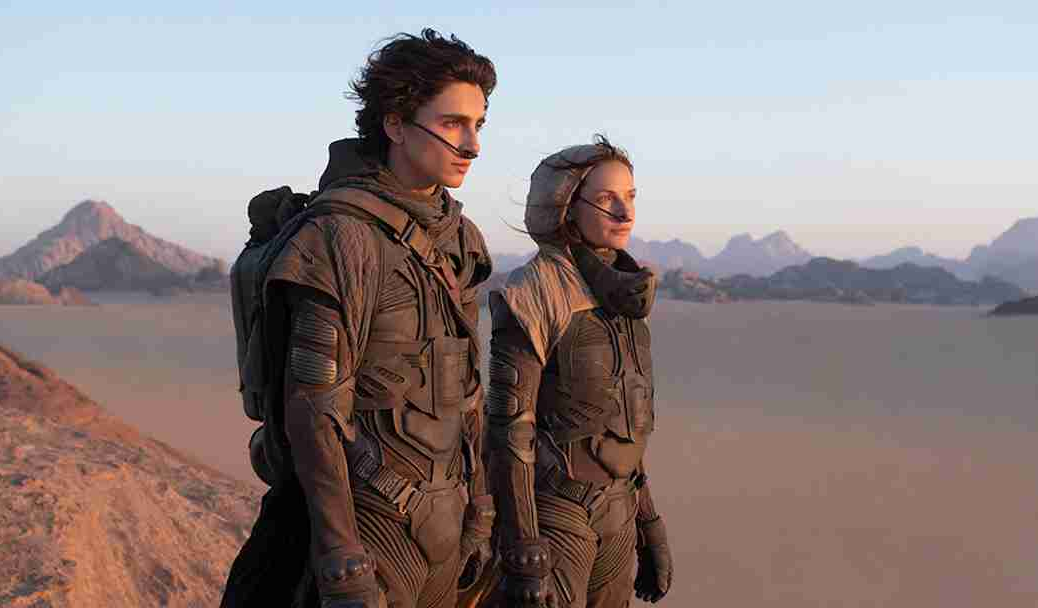

![Get to Know Los Angeles-Based Artist Etari [Artist Spotlight] – EDM Identity Get to Know Los Angeles-Based Artist Etari [Artist Spotlight] – EDM Identity](https://www.virtualclubbinglife.com/wp-content/uploads/2022/12/wp-header-logo-30-480x270.png)
